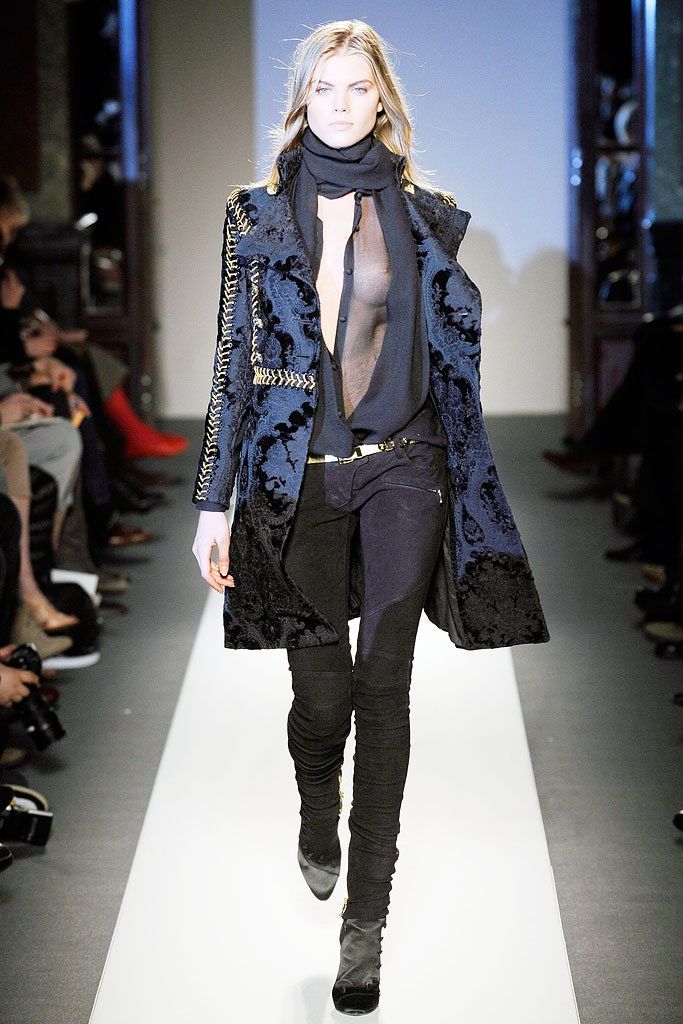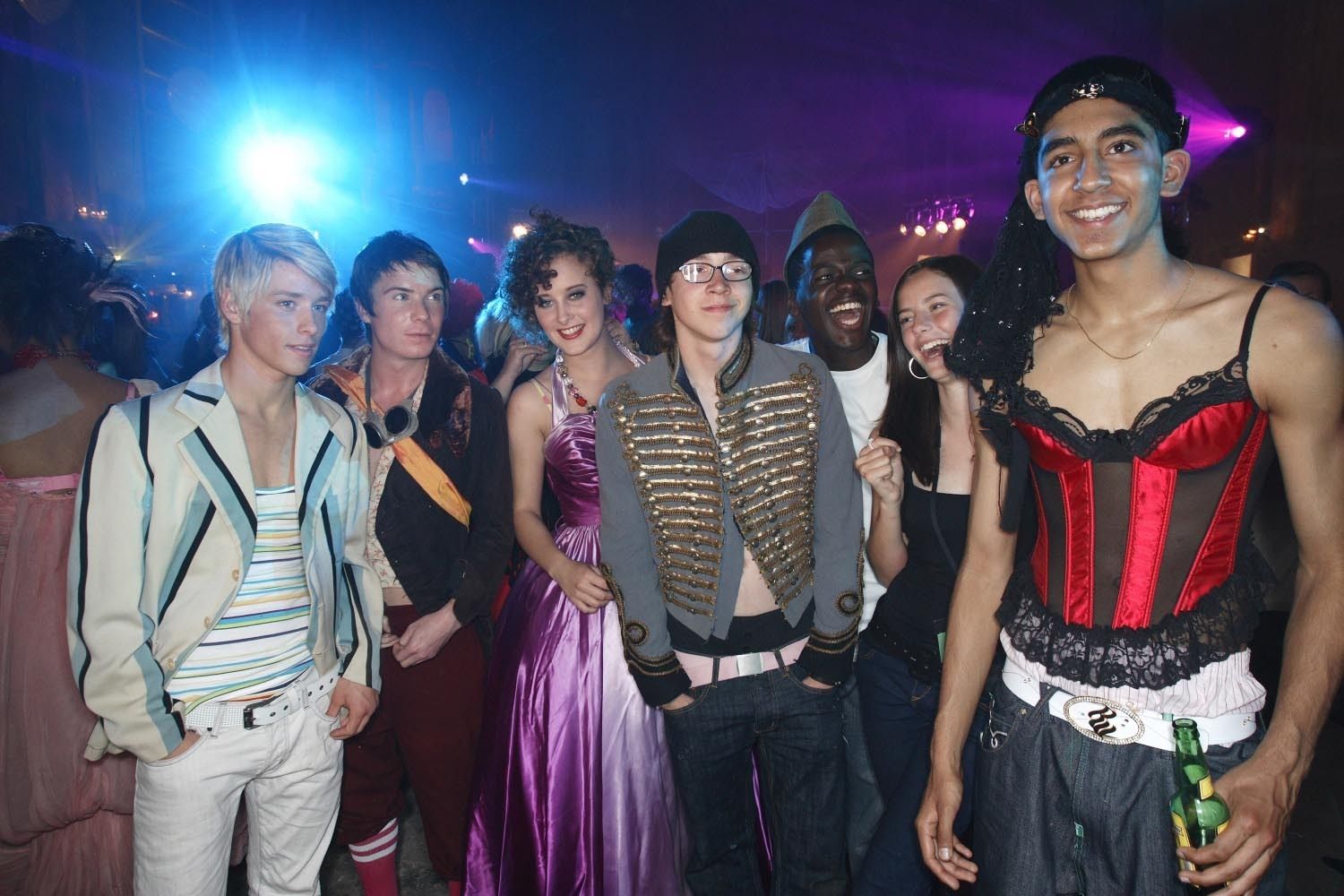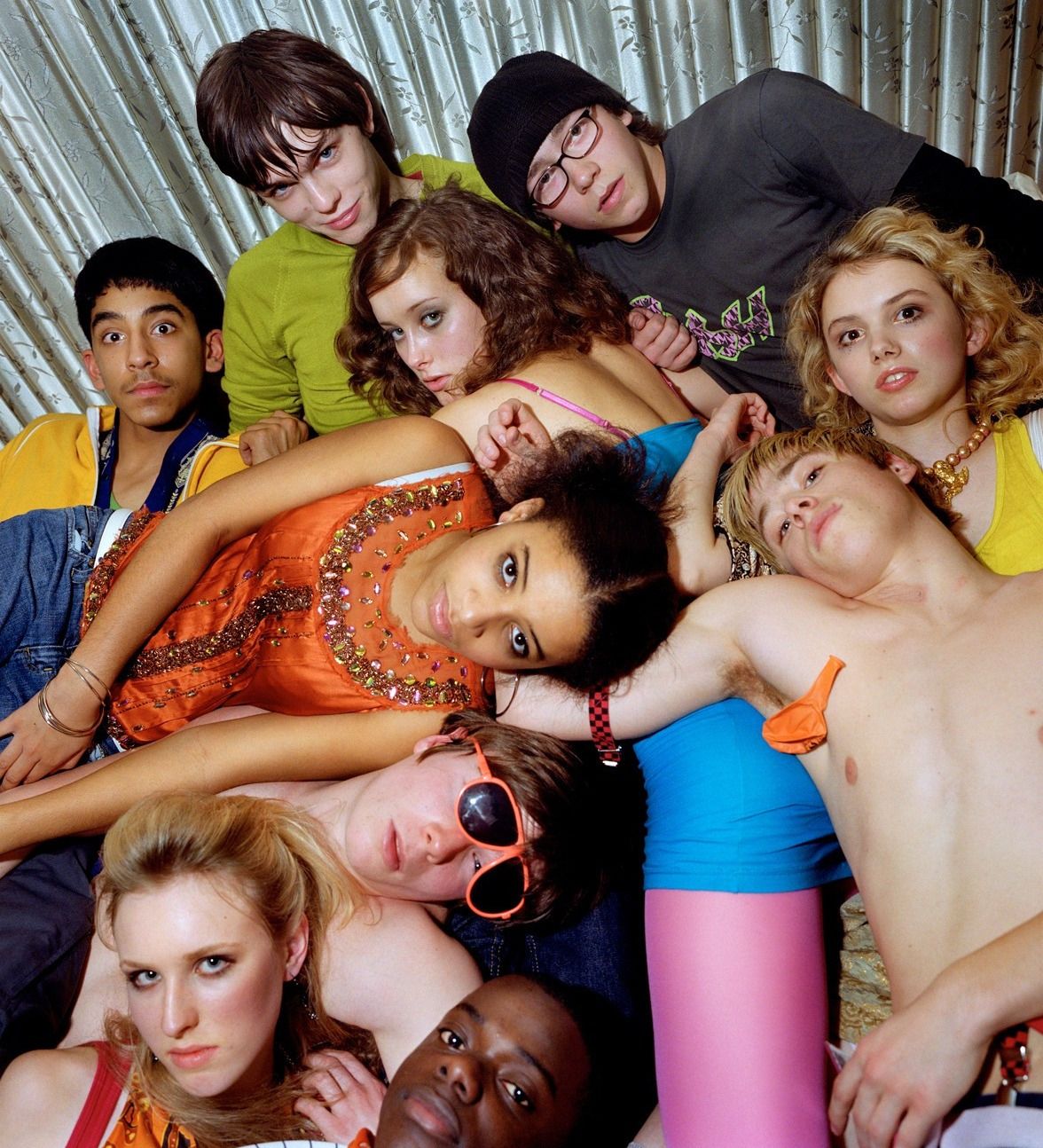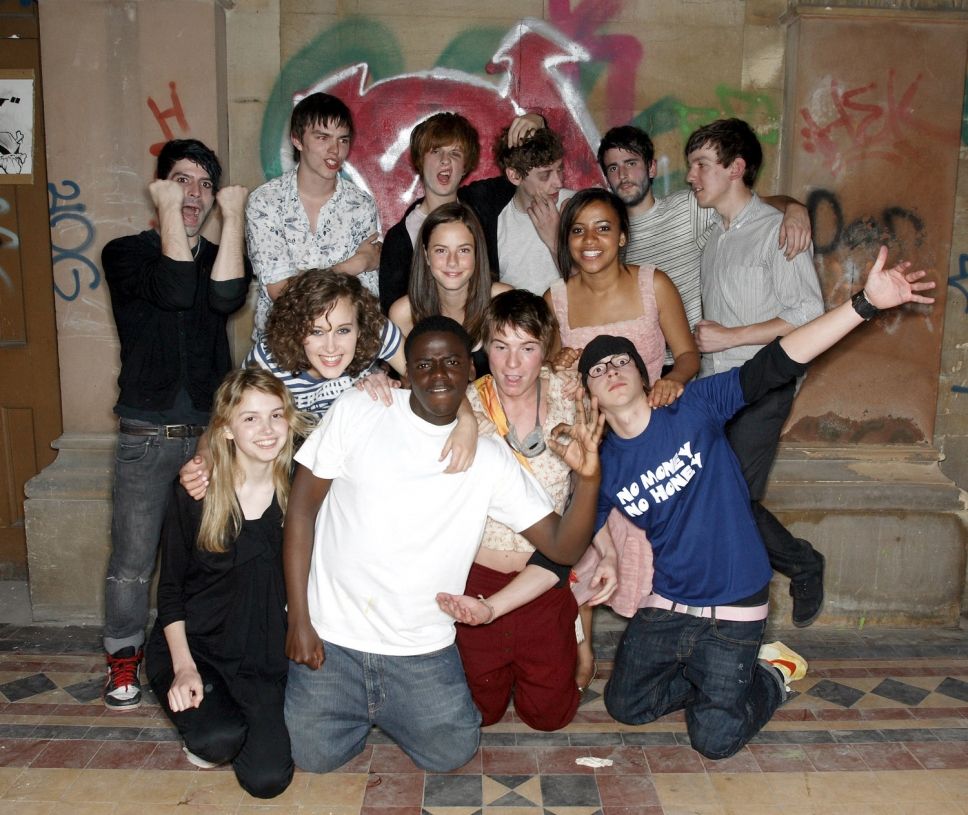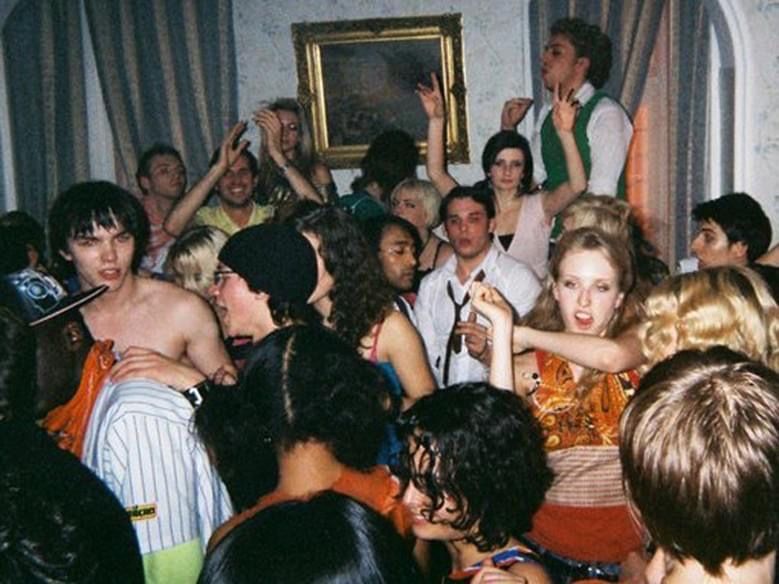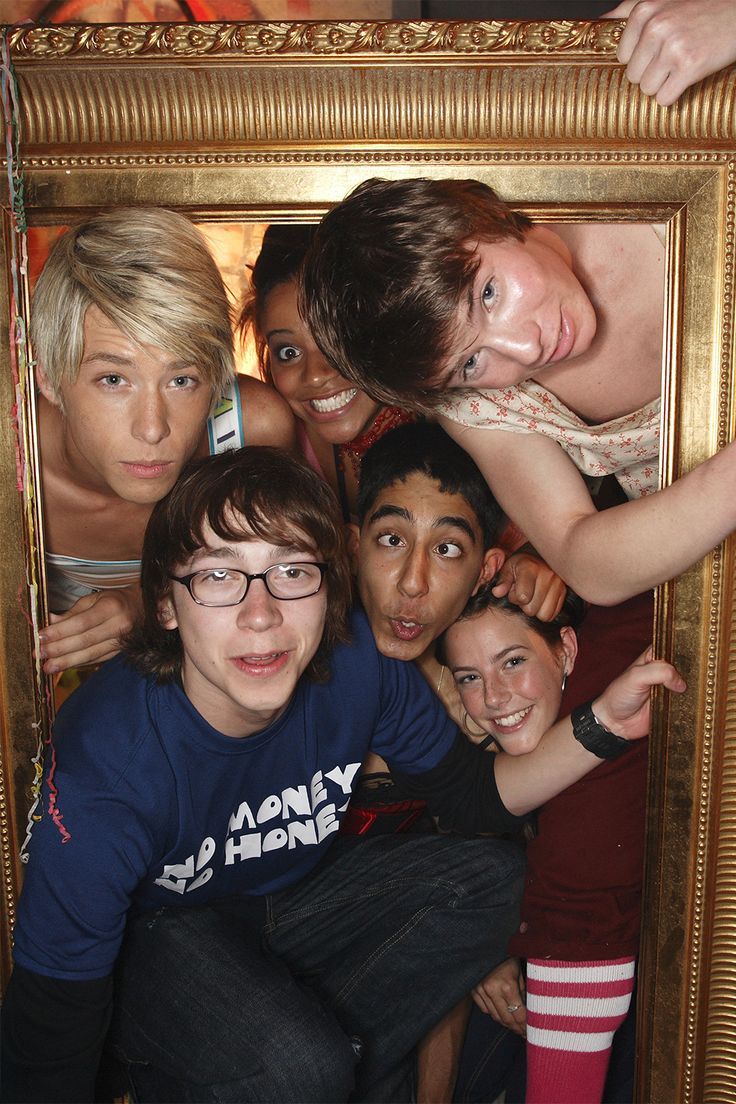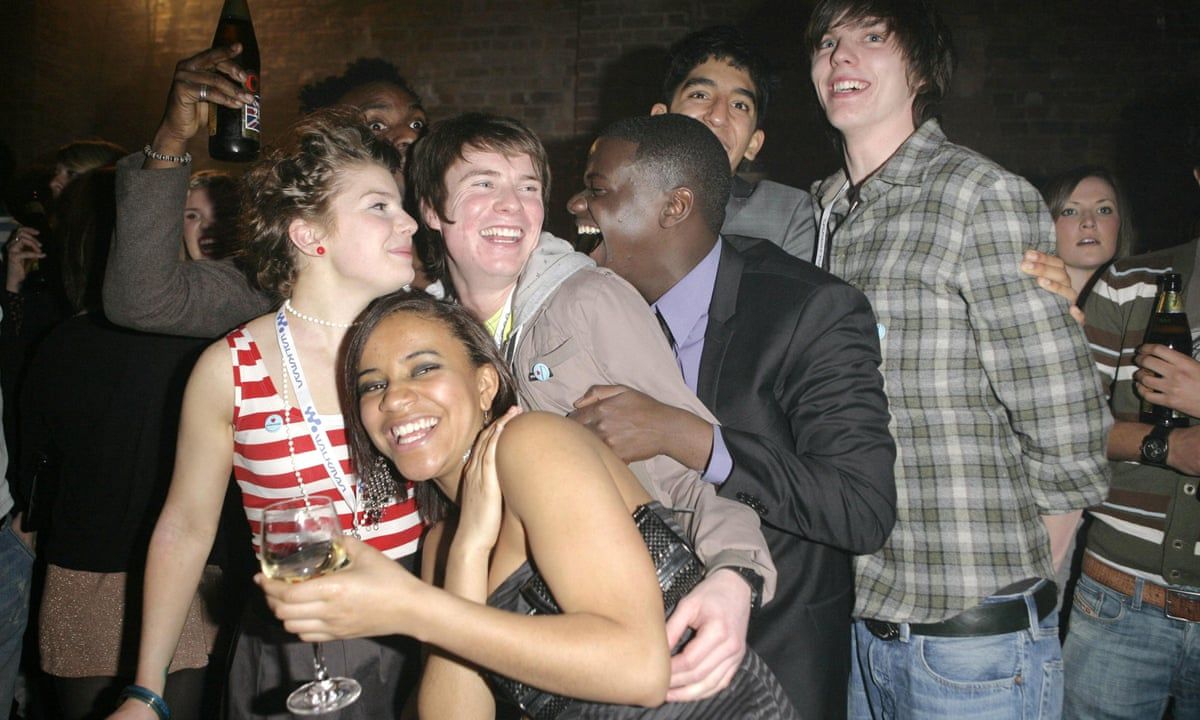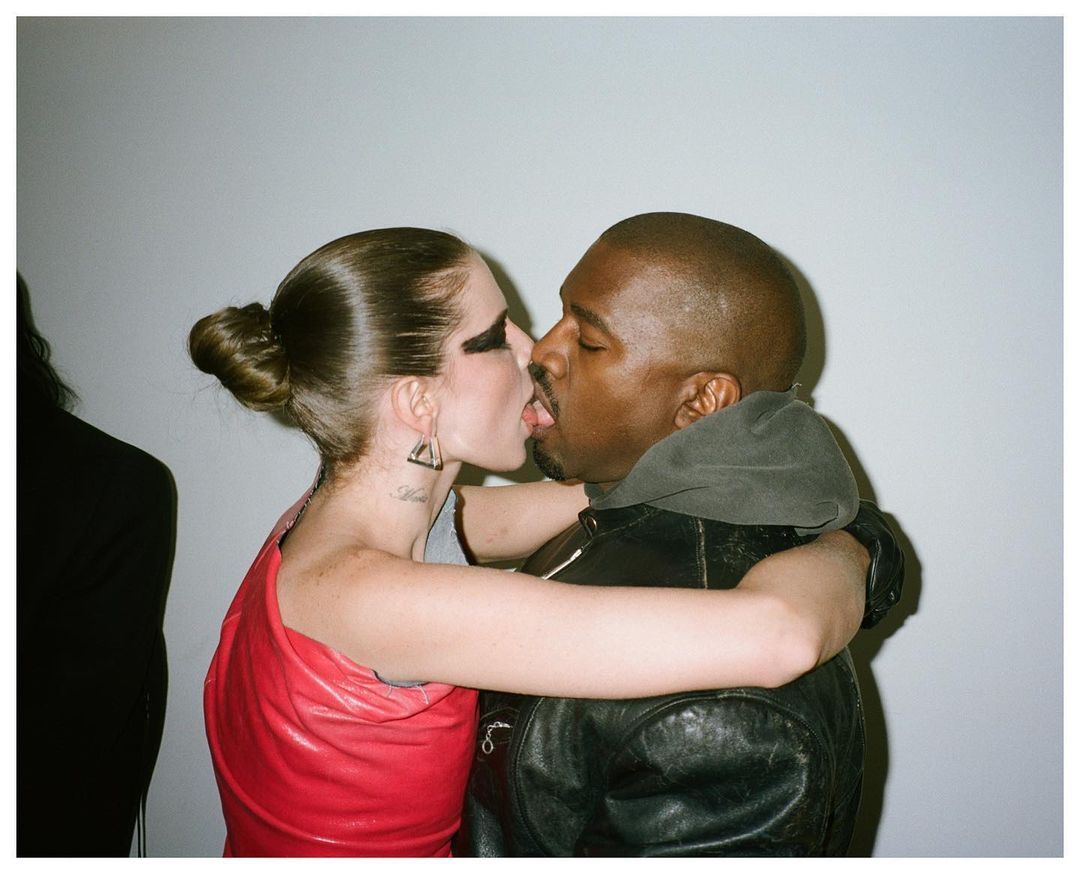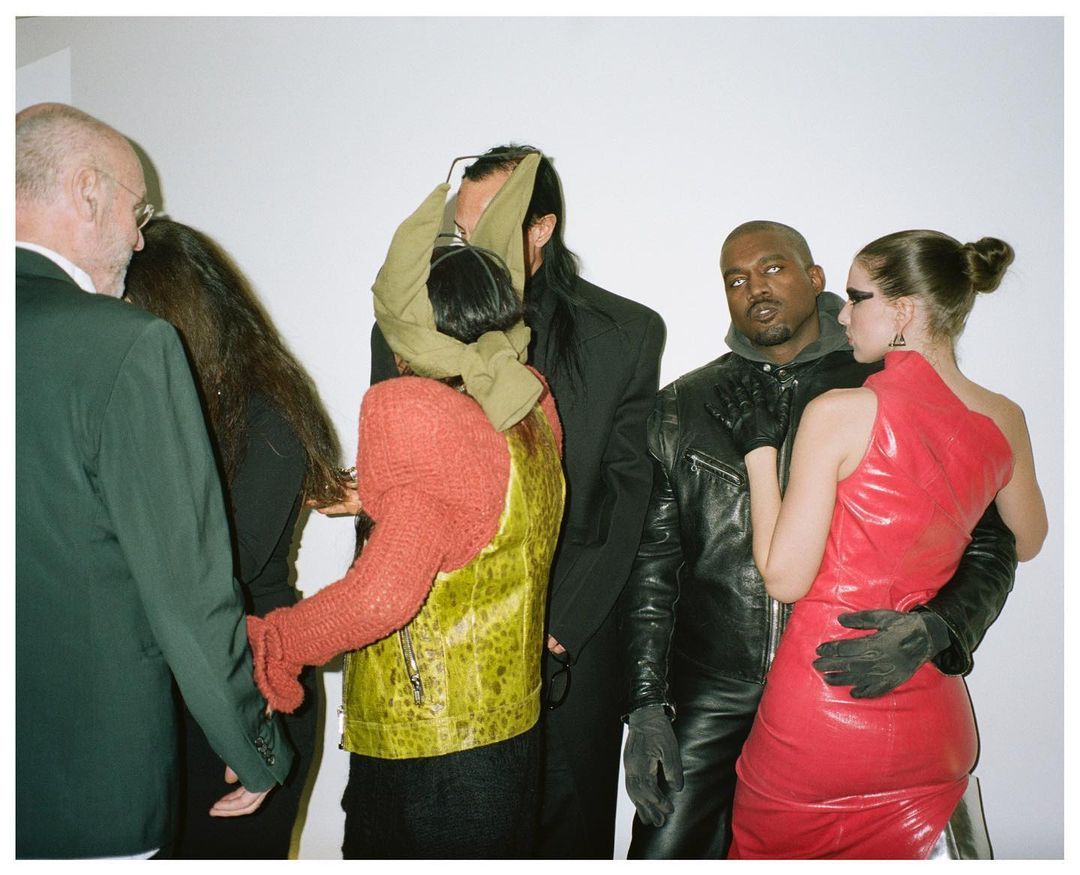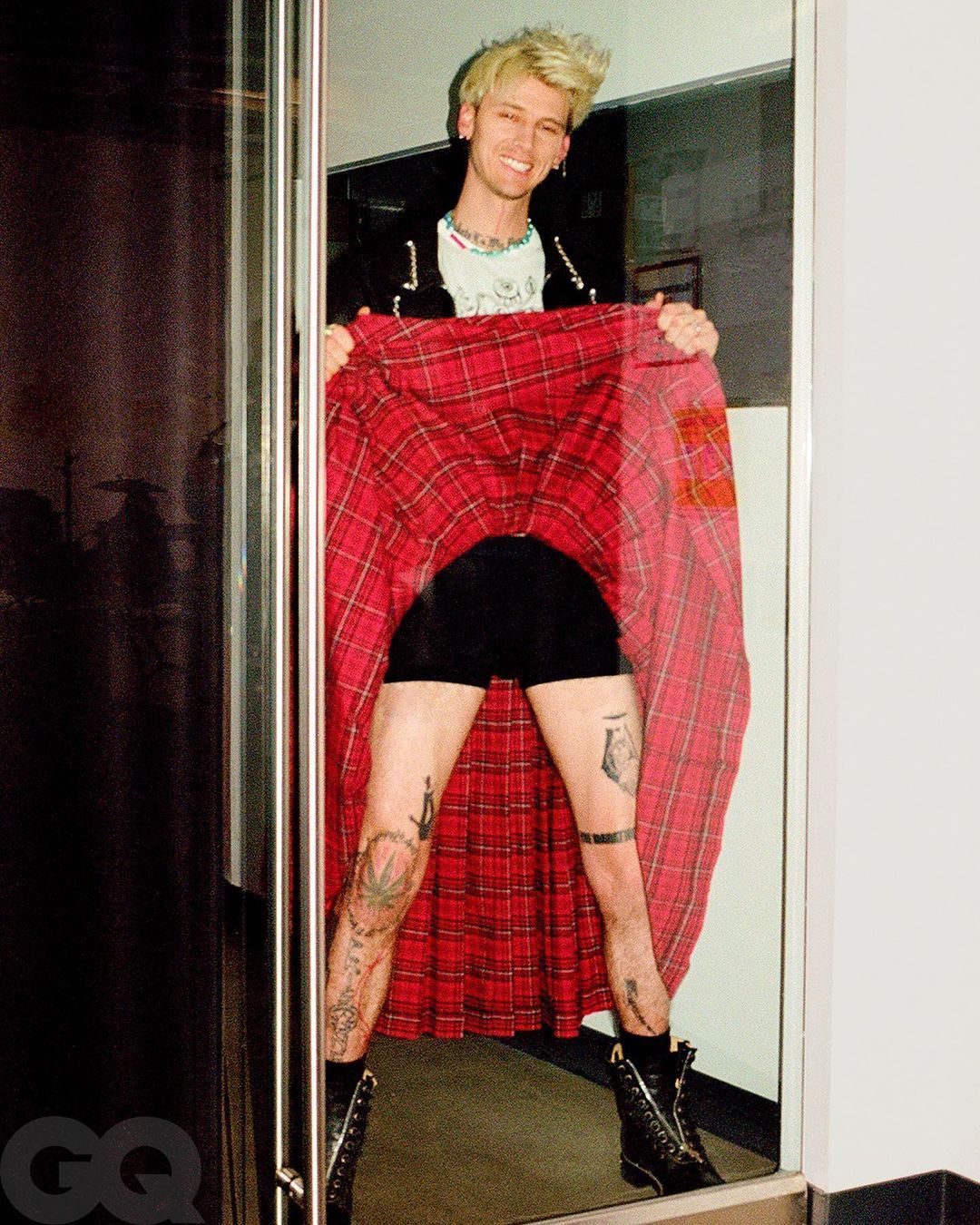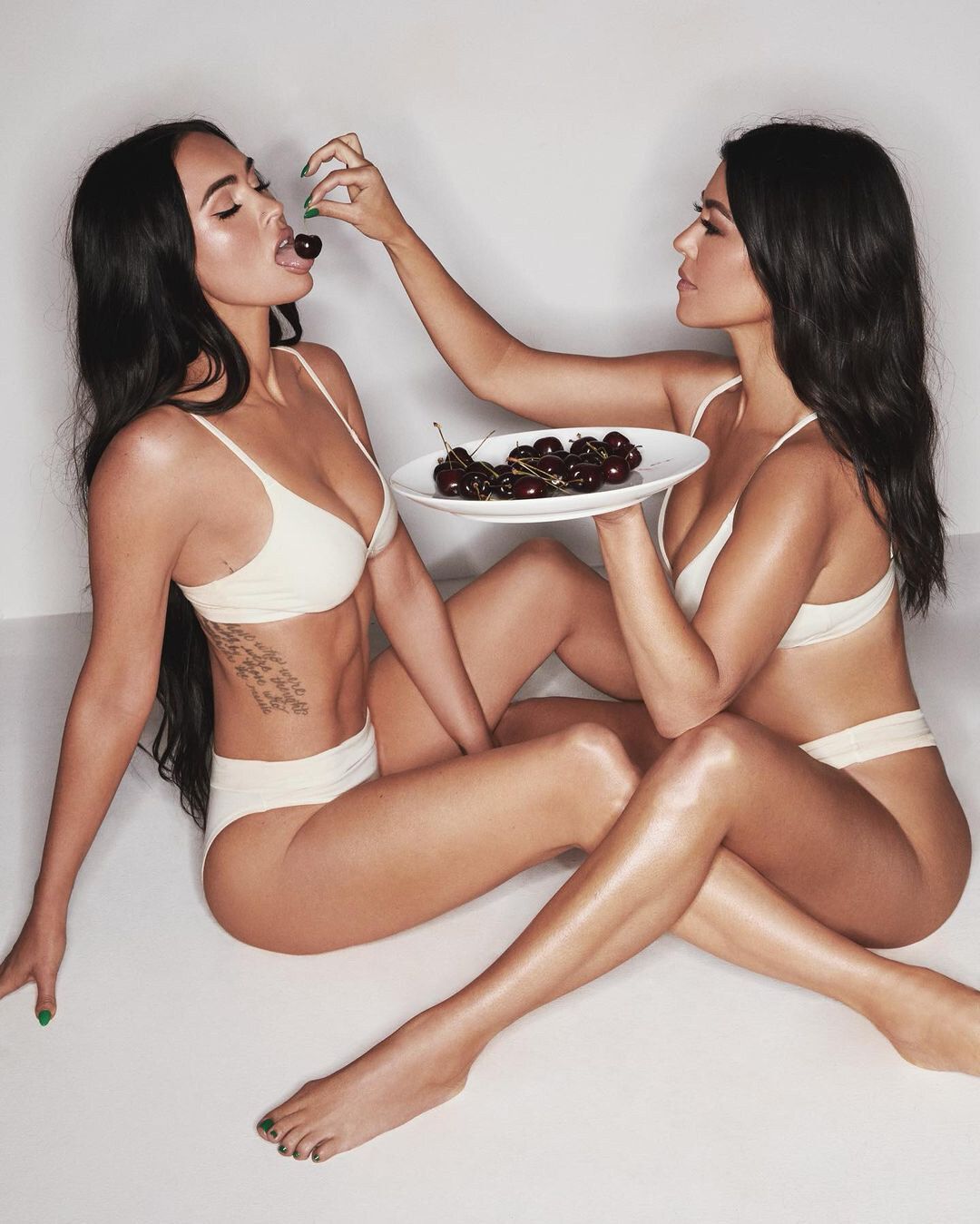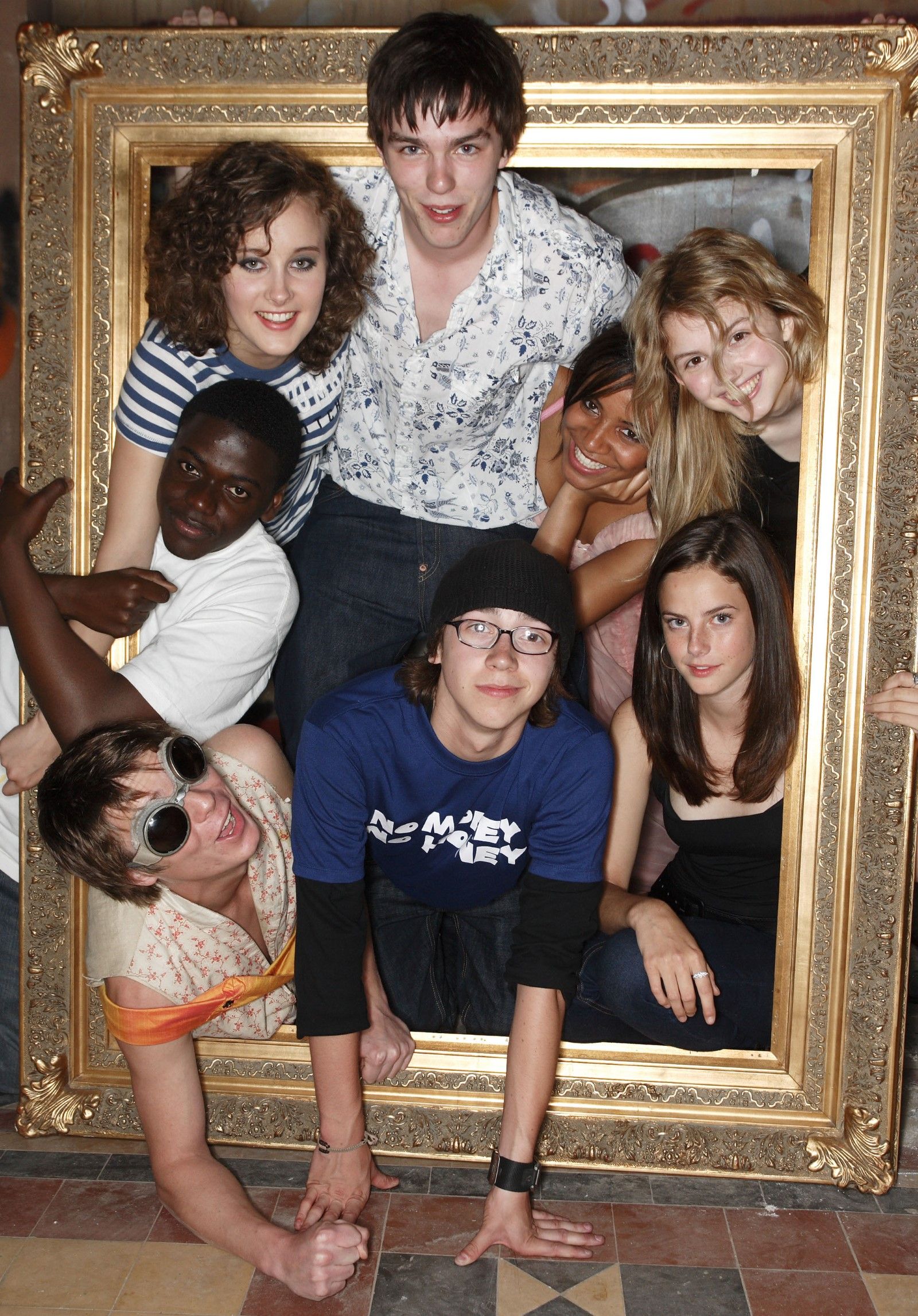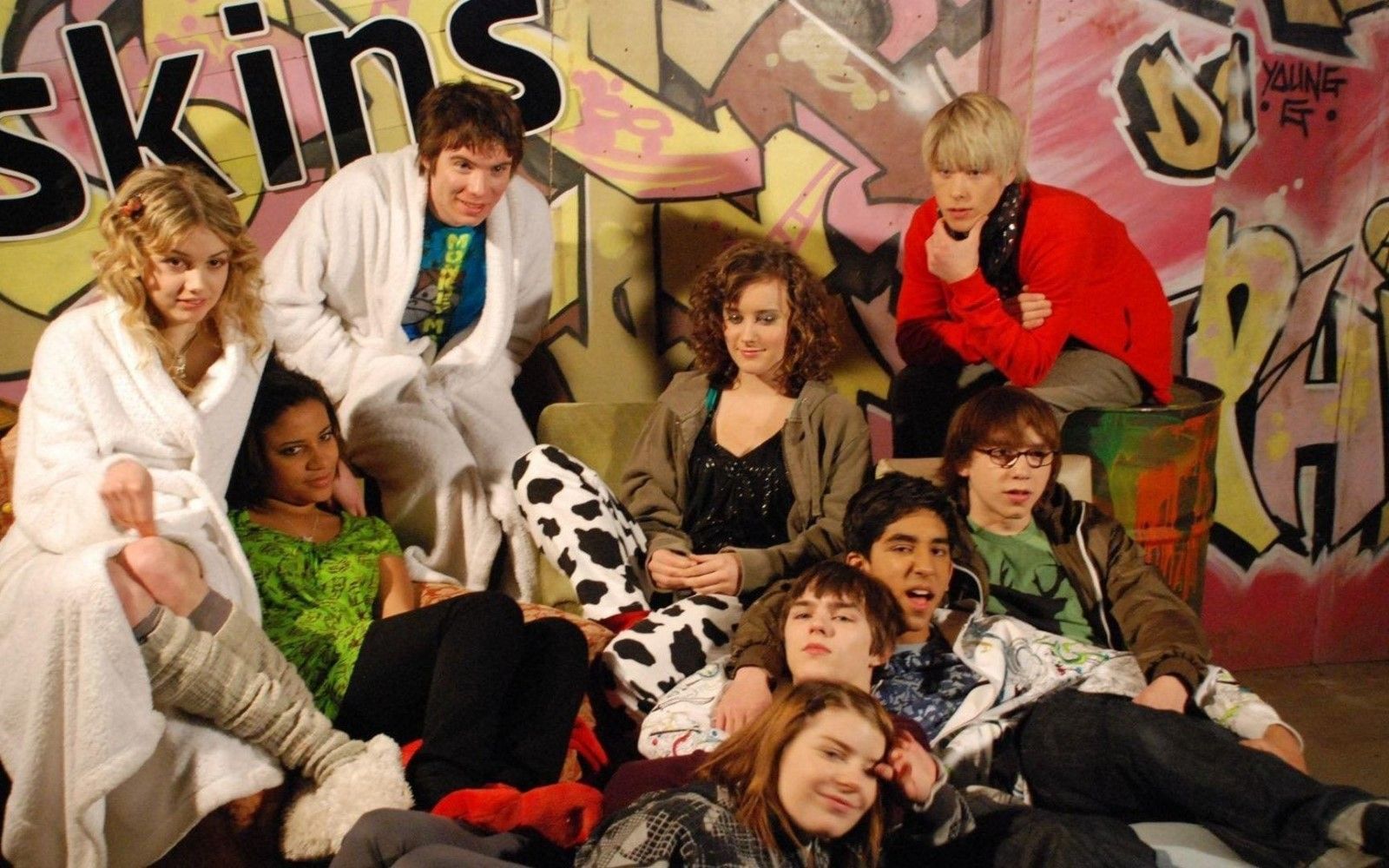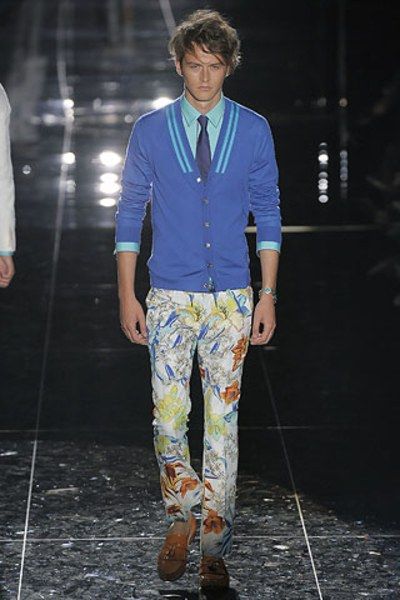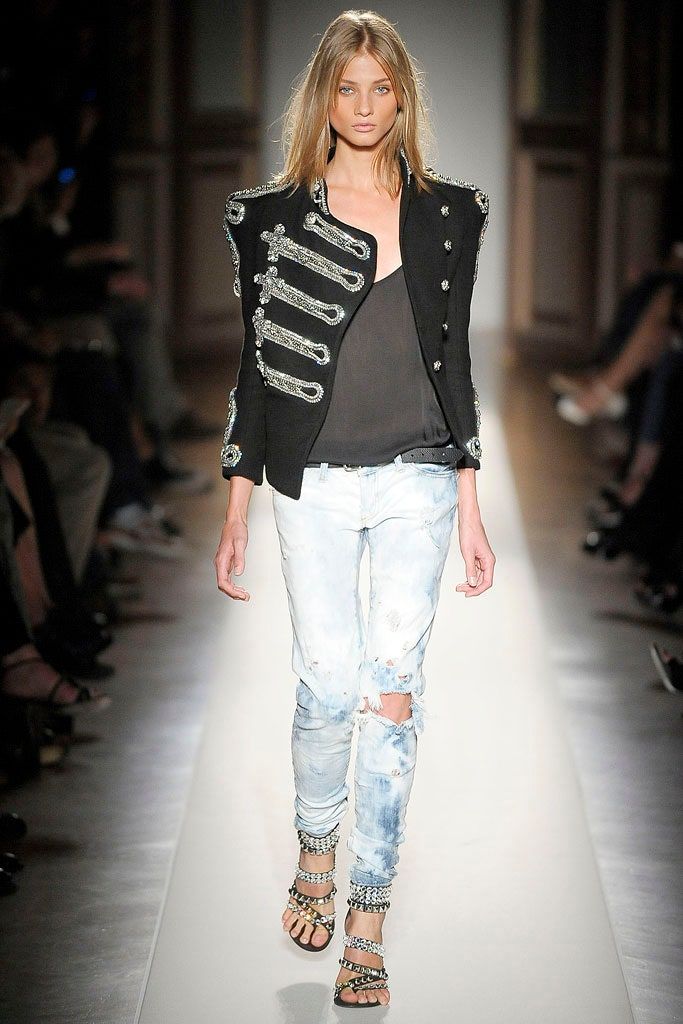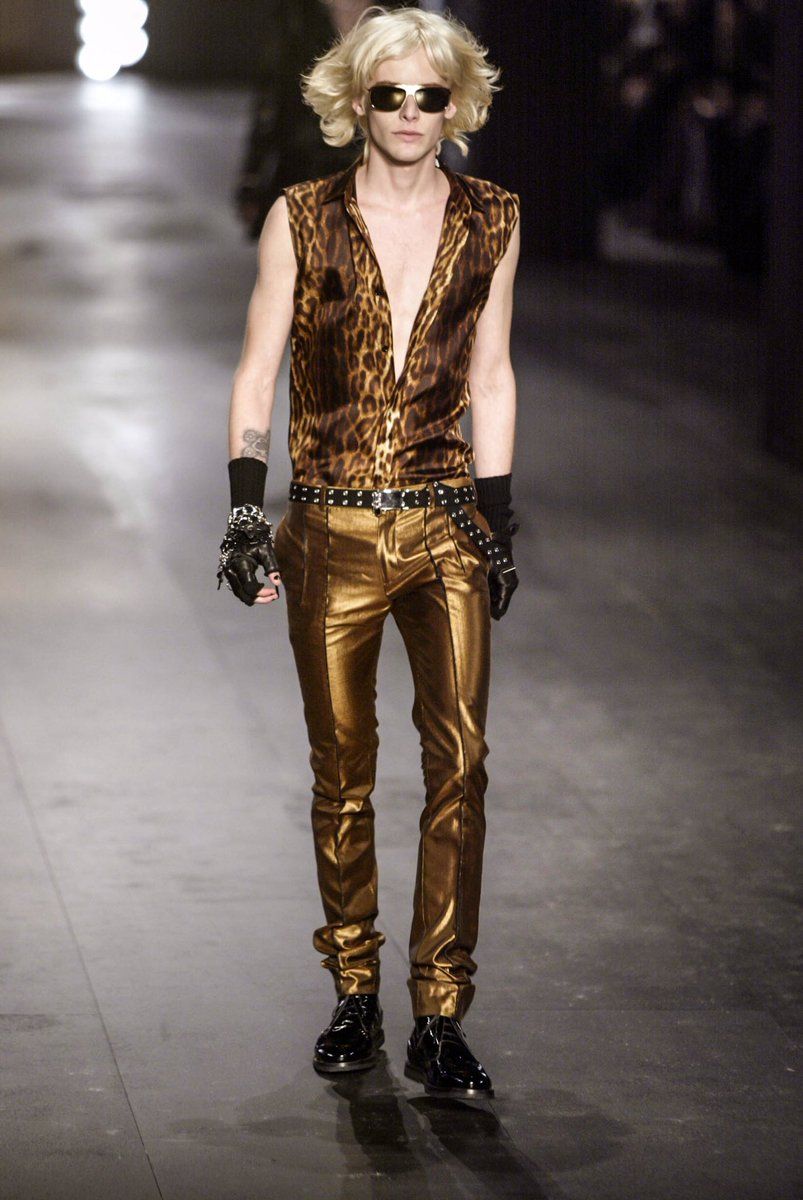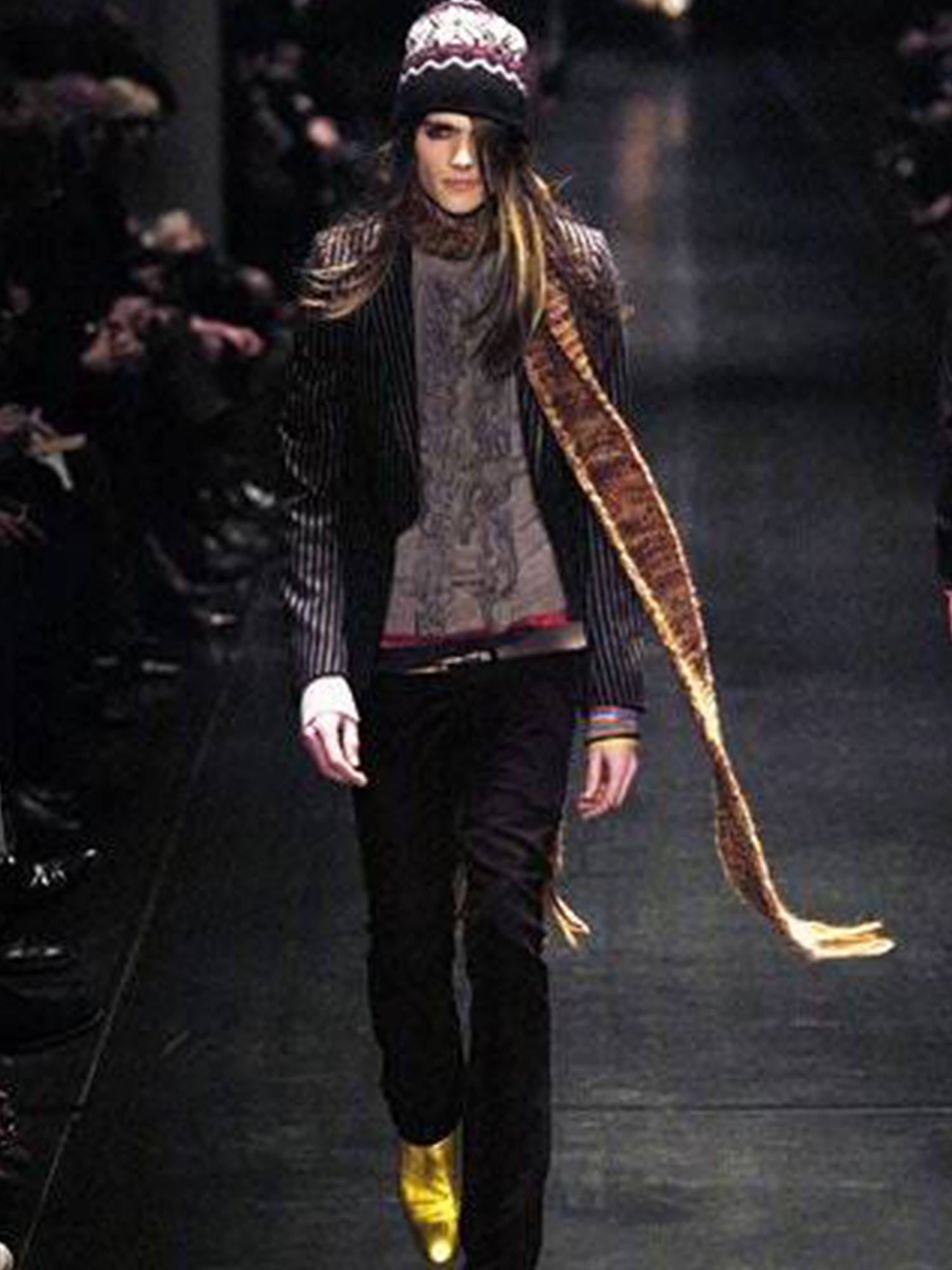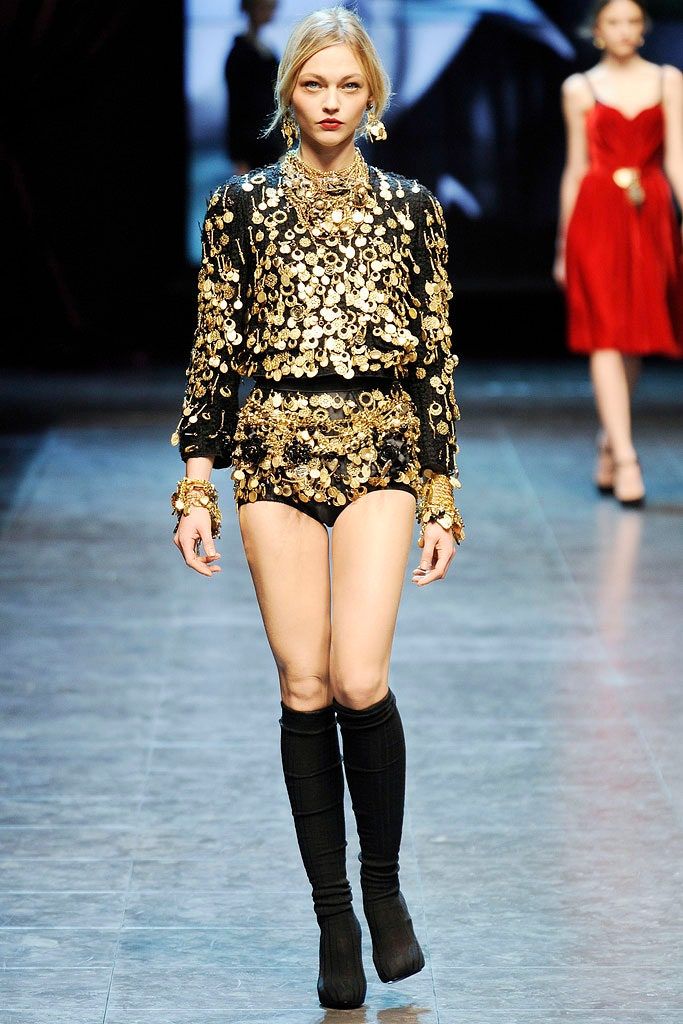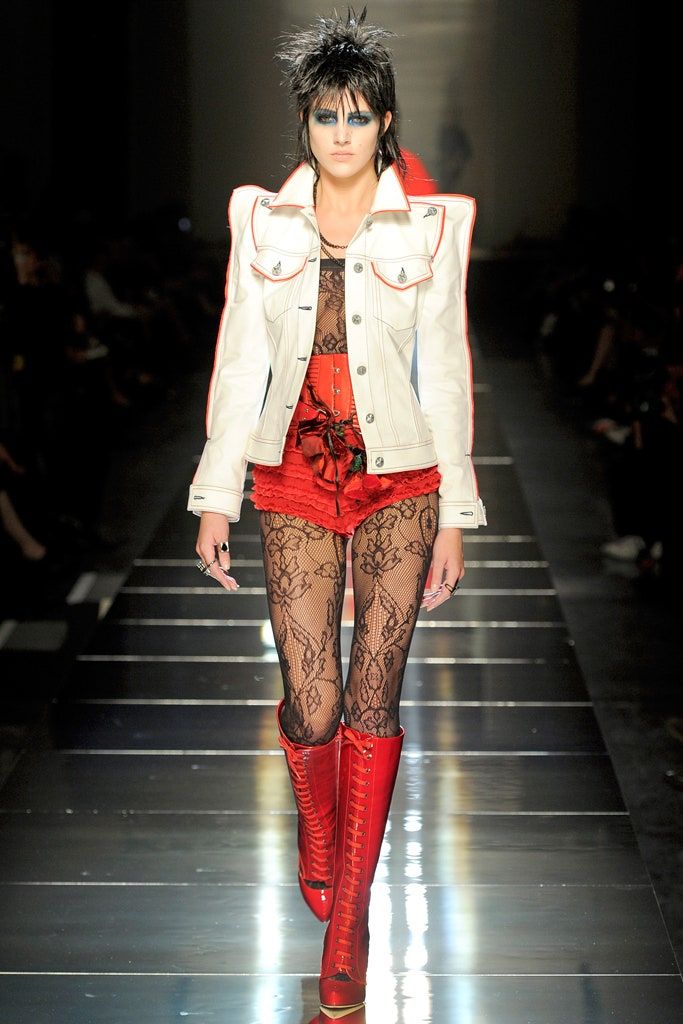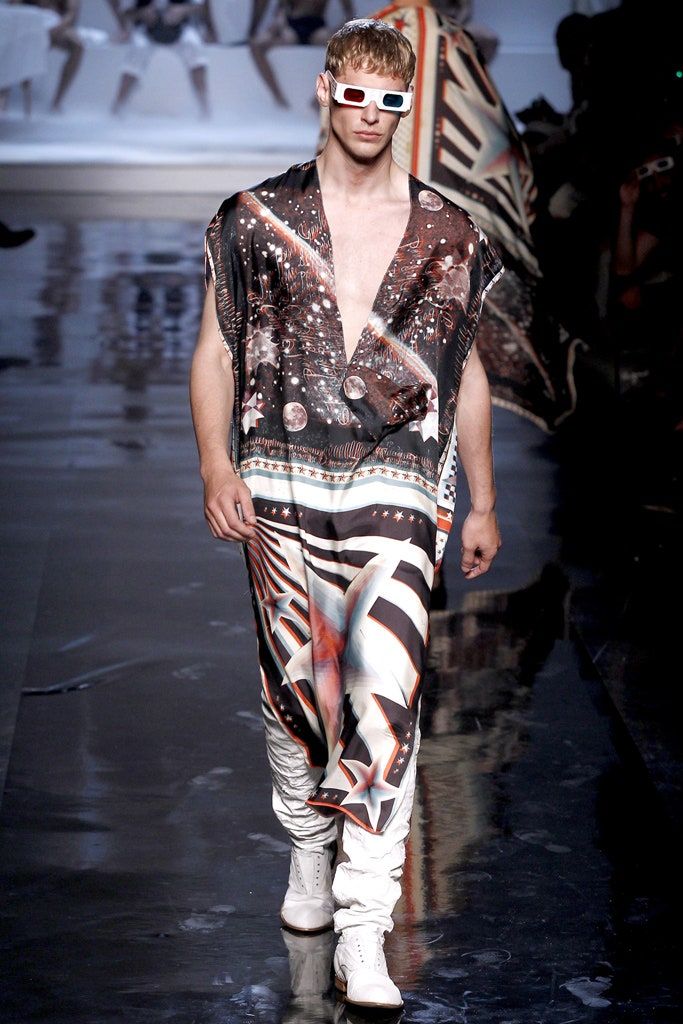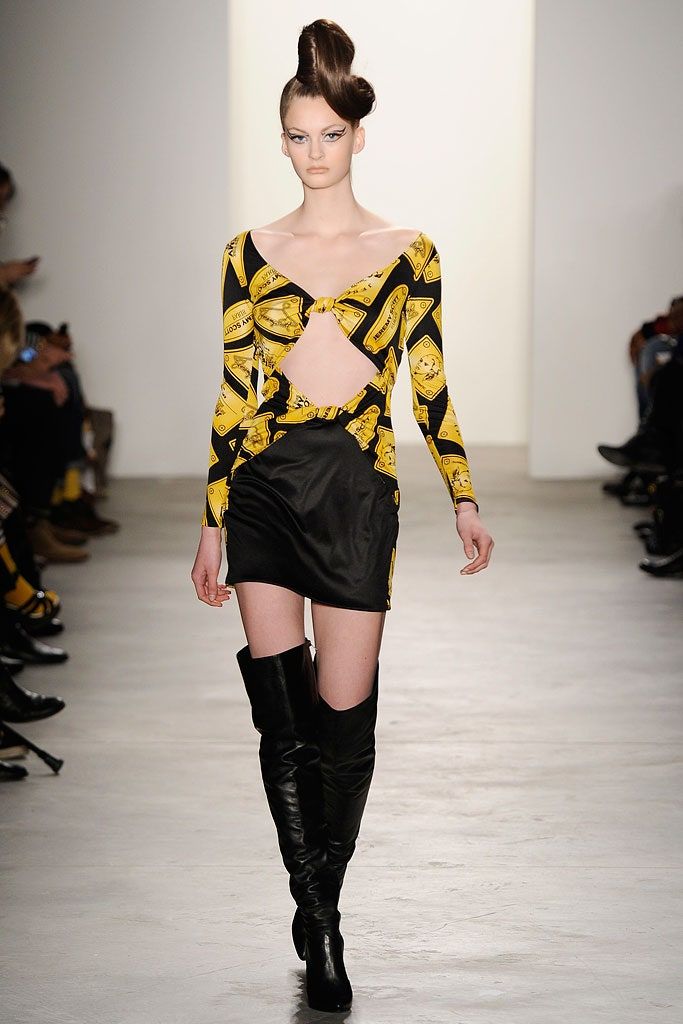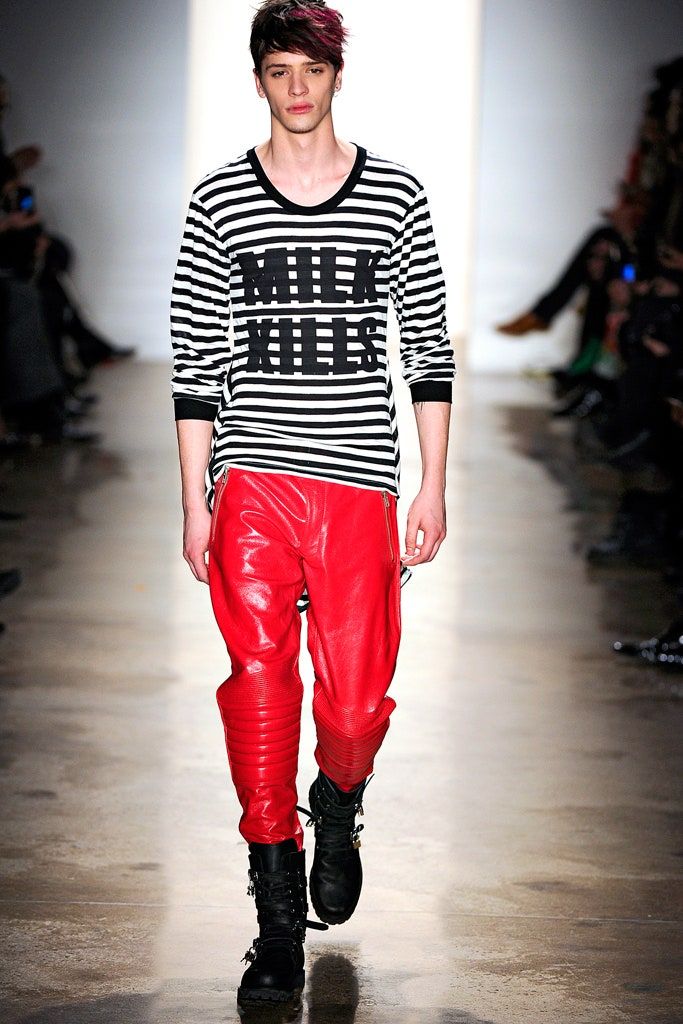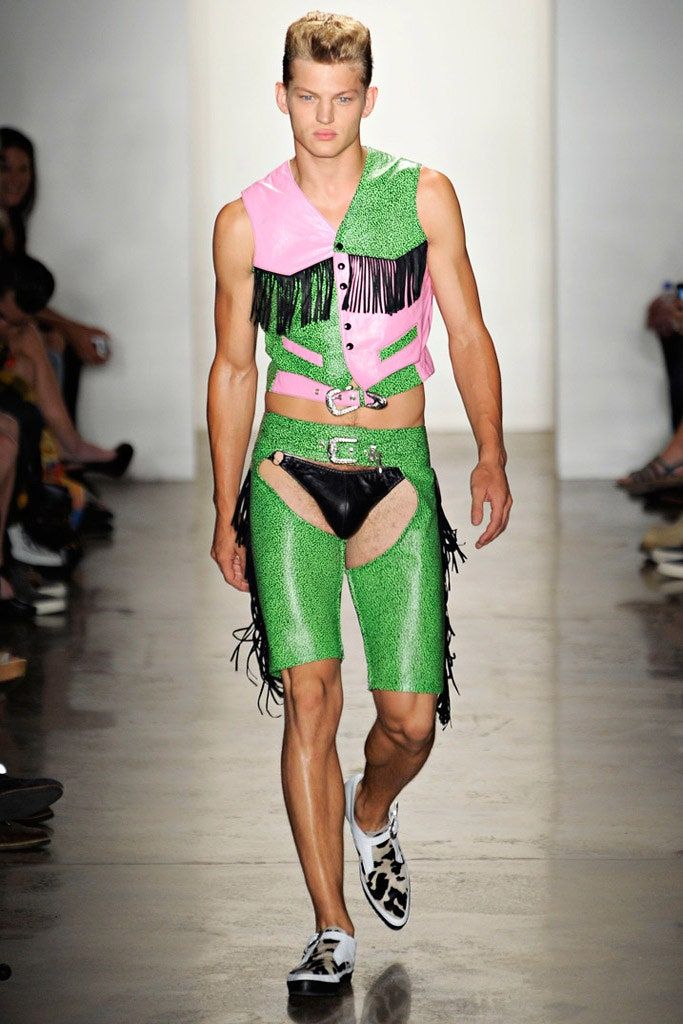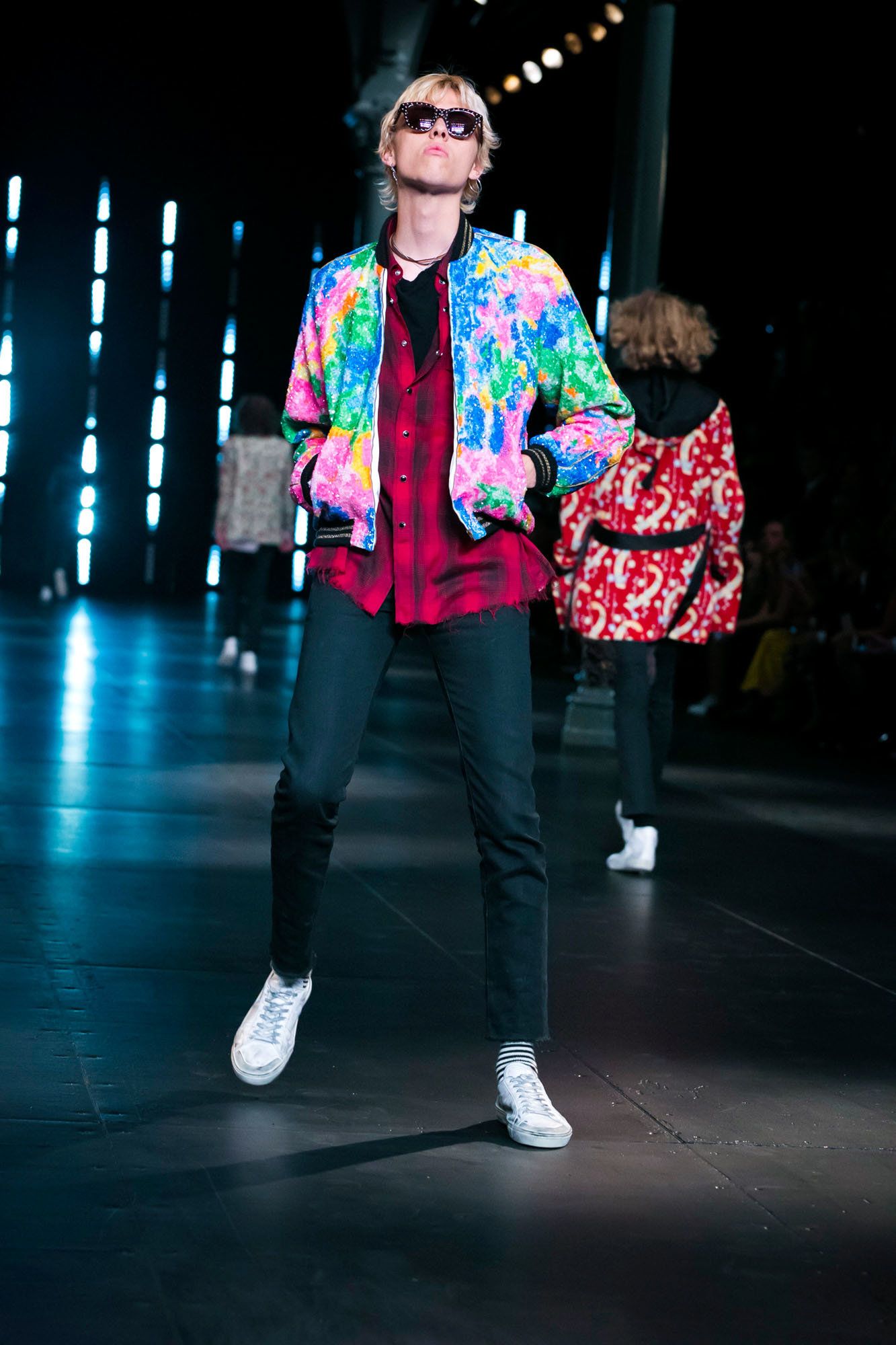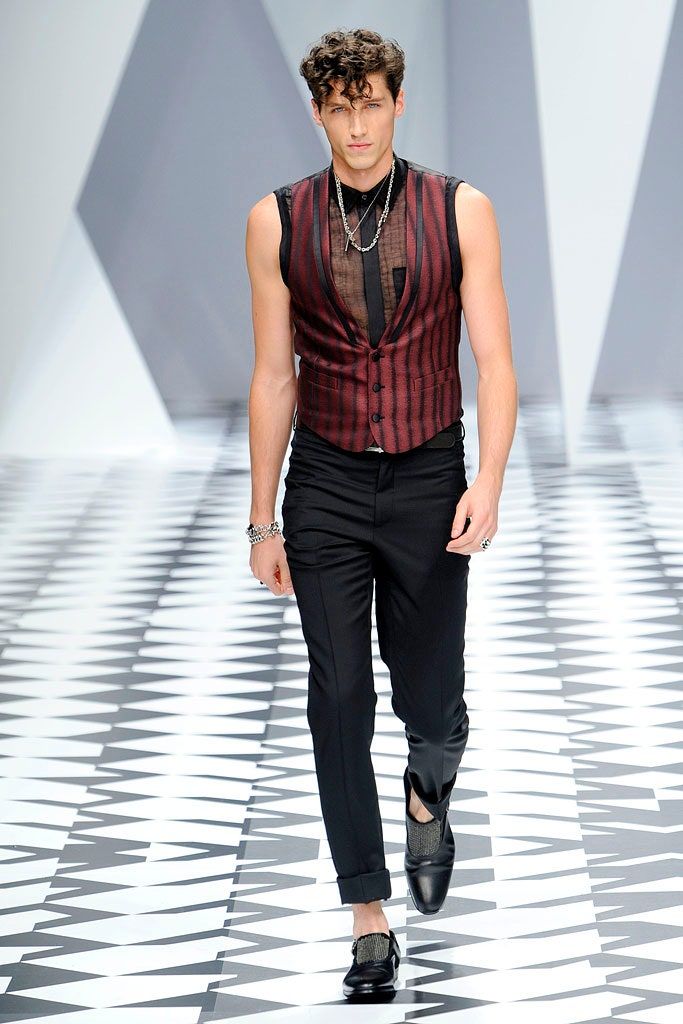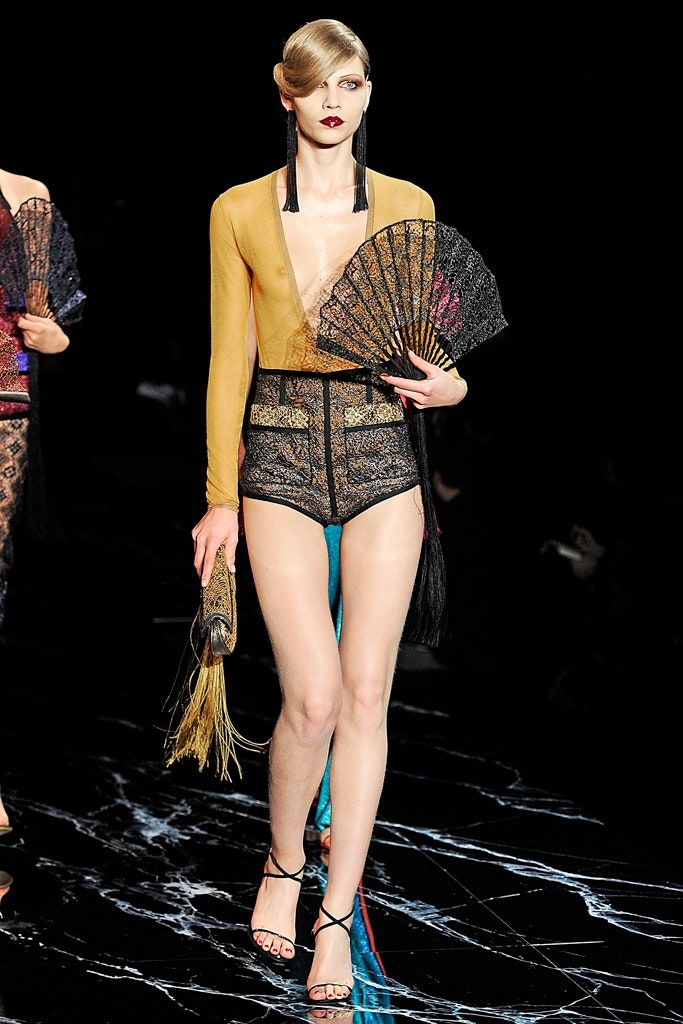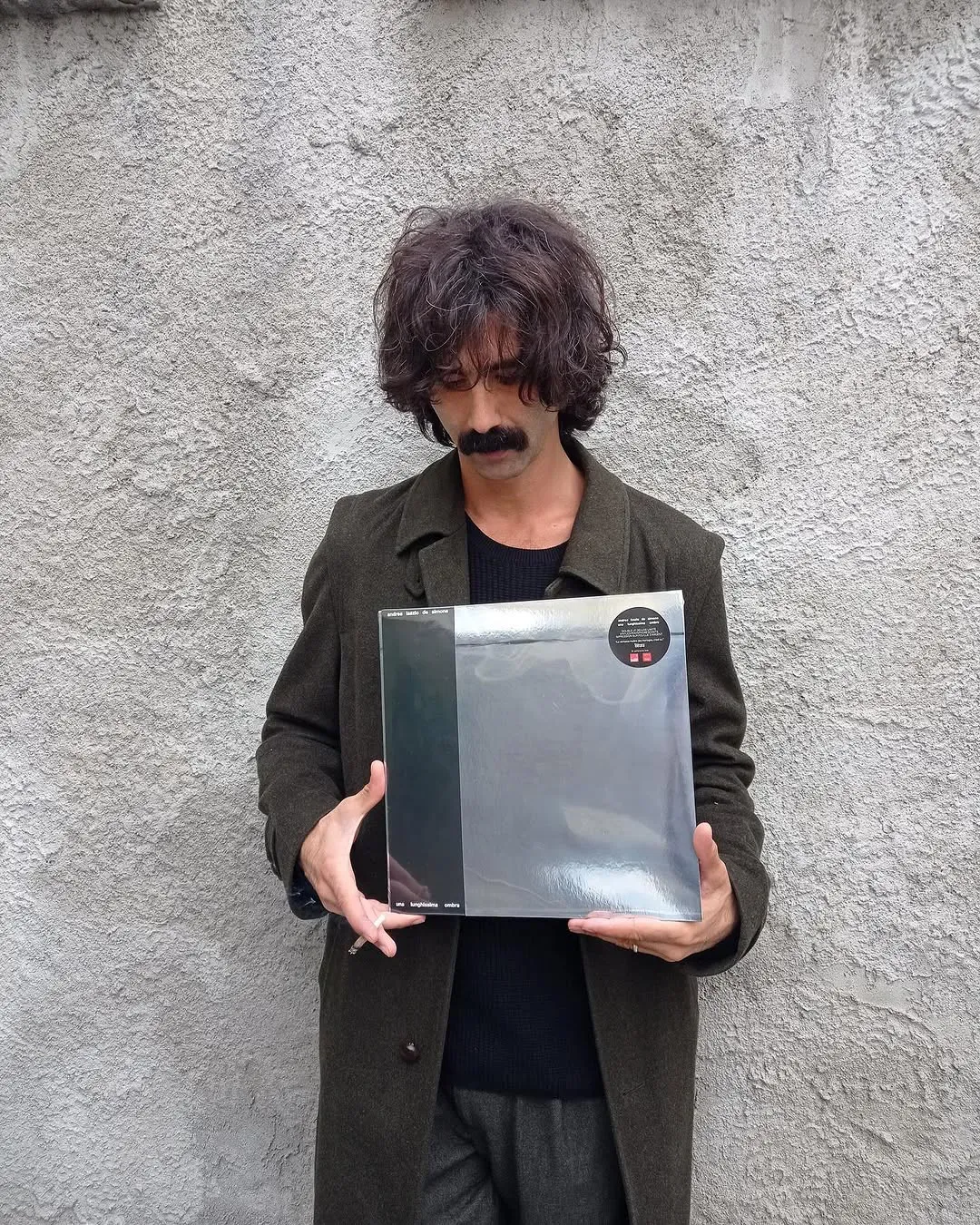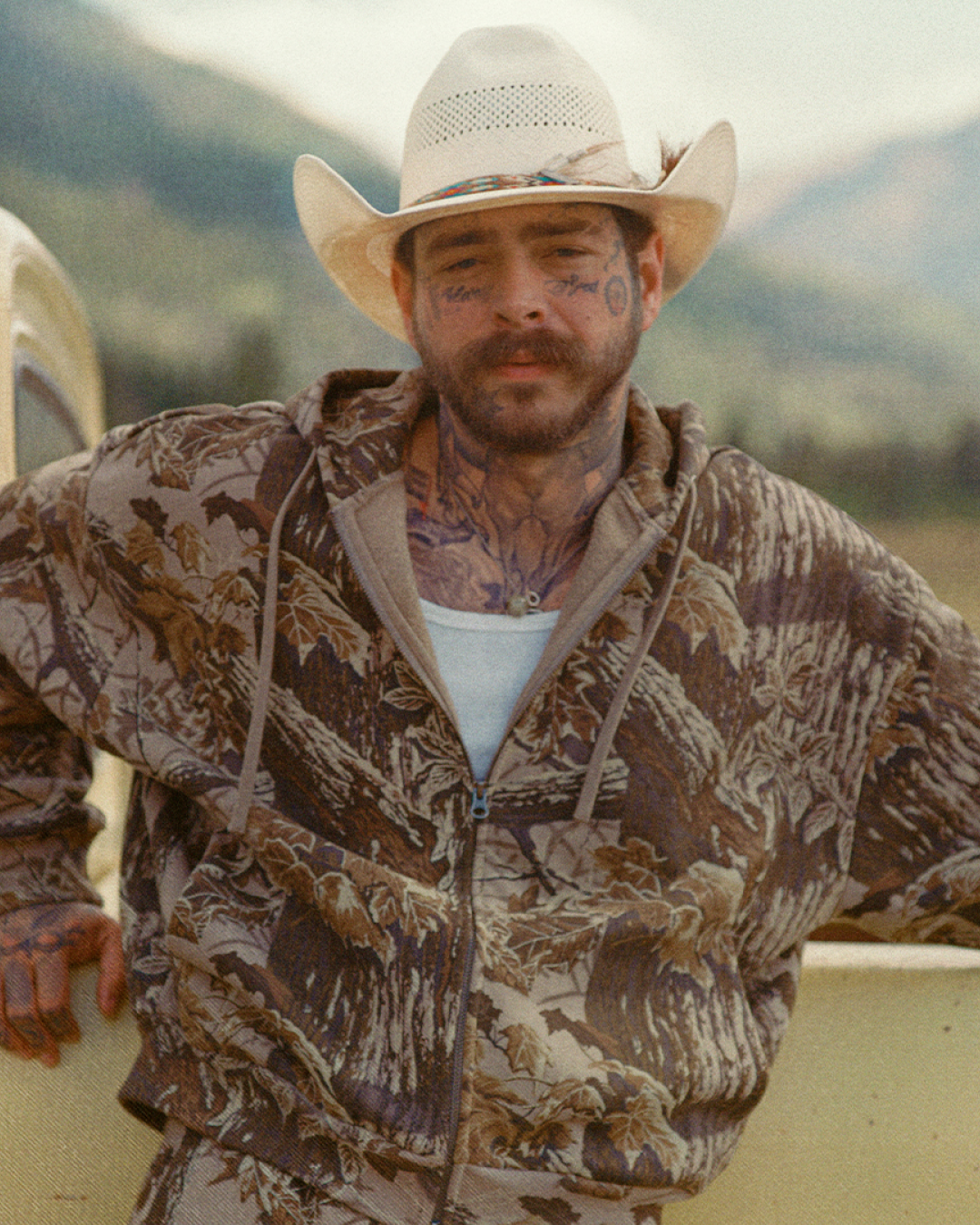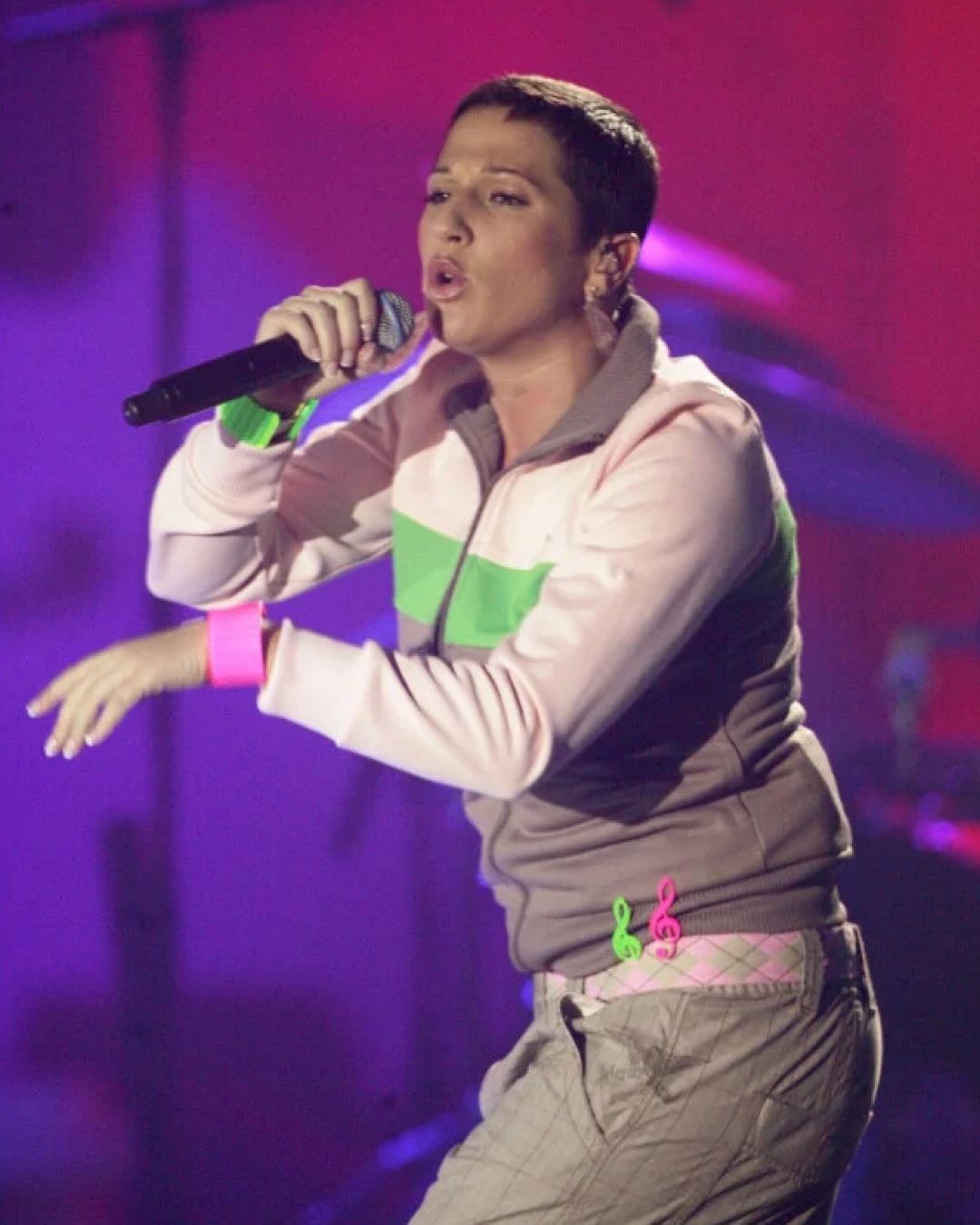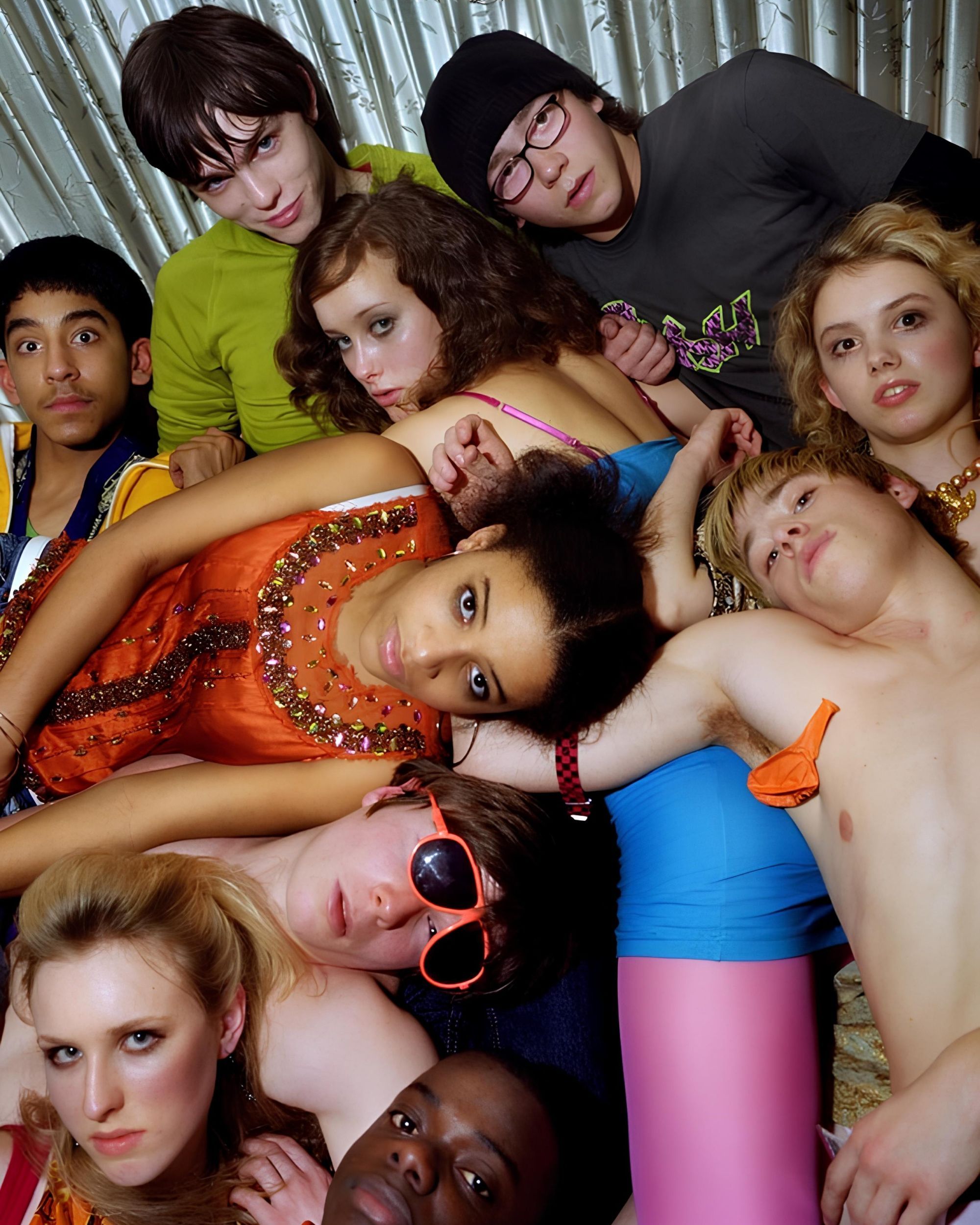
The return of indie sleaze From Skins' house parties to Julia Fox photos
To describe what indie sleaze is (a term coined by Mandy Lee a few months ago) it would be enough to think back to the original airing of the TV series Skins which, especially in the first two seasons, but until its seventh broadcast in August 2013, staged the life of a new generation. The teenagers portrayed in the series were light years away from those shown in American series such as Dawson's Creek, which ended the same year as Skins' debut; but also 7th Heaven, Everwood, Felicity, Gossip Girl or Gilmore Girls: if in America first kisses and school dances were the most important things on heart, in Skins' Bristol there was drunkness, drugs and sex, the abandonment of parents, eating disorders, suicide, mental illness. A liberating type of portrait of the young people of the time that, for narrative style and themes, coincided perfectly with the spread of a certain type of aesthetic inspired both by the 80s and by the brazen, scruffy and shimmering era of indie rock. It was an era where Terry Richardson's photographic style, analog and with dazzling flashes, reigned supreme; in which the t-shirts were printed with ironic phrases, skinny jeans and ballerinas were worn, the make-up was heavier, the Carrera sunglasses and the shutter shades of Kanye West and Will.i.am were incredibly cool. Social networks began to be born with the blogs of MSN, Myspace or Netlog. And in recent times, we have observed an interesting resurgence of the indie sleaze aesthetic in the public's tastes. According to recent data provided to us by Stylight, the demand for band t-shirts grew 49%, while peplum shirts saw a 19% increase. Striped shirts saw a significant increase of 132 percent, while low-waisted pants marked a significant increase of 152 percent. The typical shoes of the era, Converse and Dr. Martens, also saw an increase in searches of 24% and 223%, respectively. Google search trends also confirm this growth: there was a 15% increase in searches for shorts with tights and thin scarves gained popularity with a 471% increase in searches. Chunky jewelry also saw a 47 percent increase in Google searches, while sunglasses with colored lenses are emerging with an 11 percent increase.
The supreme style icon, to return to the world of Skins, was Effy Stonem: miniskirts, sheath dresses with a dizzying hem, mega t-shirts and tank tops combined with workwear boots, torn mesh tights, heavy makeup, disheveled or flattened and vaguely smeared hair and more necklaces than a human neck could reasonably support. Before being a look, Effy Stonem's was a mood – and even in its richest and most upscale version, that of the crazy outfits of Gossip Girl for example, you could feel the chaos inherent in that era. In fact, from the photos you see on pages like @indiesleaze on Instagram, it can be noted that the indie subculture did not have its own exact uniform but rather a series of general guidelines such as the contrasts of bright colors, the hyper-decorativeness of the accessories, and a certain taste of the tacky. Although it wasn't always like that: indie was a lifestyle, an attitude before being a look – a culture of excess and disorder that, oddly enough, was devoid of pretension, unable to overestimate itself. Which is also the reason for its popularity and the sense of community it created, unlike the Influencer Culture of Instagram with its implicit social hierarchies.
The situation was not just about womenswear. In the first half of his era at Dior Homme and then in his years at Saint Laurent, Hedi Slimane had explored the imagery of indie sleaze: low-cut t-shirts, colored belts with sliding buckles, low-waisted pants, fedora, microscrews and microcravattes, maximalist lettering, shimmering and golden details, suspenders, transparencies. At the time it seemed everything «decadent glamour», a much more rarefied and muffled version of the hedonistic, showy and sexually suggestive designs that a few years later Jeremy Scott brought to New York Fashion Week and that Christophe Decarnin showed for Balmain. A few years earlier, in a moment of incredible alignment of the stars, Gucci had used MGMT's iconic Time to Pretend as the soundtrack of its SS09 show, one of the most opulent reinterpretations of the indie/hipster style of that era. But the most influential storyteller of the time was not a designer but a photographer: Mark Hunter, aka Cobrasnake, the chronicler of the most decadent Hollywood parties during the early 2000s.
But the real creative hotbed of this type of style was the nascent ecosystem of blogs and social media ante litteram – the debauchery of the indie scene was expressed in the photos taken at parties, in the abandonment with which underwear emerged from the hems of tops or pants, in the freedom with which colors were mixed and with which clothes adhered to the body. A type of flashiness that now disturbs us but that, in the words of Isabel Slone of Harper’s Bazaar, « a somewhat painful reminder of the last gasp in time when it was possible to envision a future unscathed by the ravages of late capitalism». In this sense, according to Slone, the return of the trend has to do with the memory of a less economic-politically complicated world, but also a rejection of the idea of the metaverse – a world in which one interacts with others through technology and not one's own senses, that is the complete opposite of an era in which entrances to parties and cocktails cost a few pennies, the highest degree of technology was the iPod Nano and videos and photos taken with the mobile phone were of too poor quality to overwhelm reality. It is indicative, for example, that the entire indie movement is the first to be born on the Internet and therefore in a moment of enthusiasm in which the concept of cringe had not been codified, and in which everything seemed immediate, naïve and at hand.
The most interesting part, however, lies in the way the trend is re-emerging. Just above it was said that Effy Stonem's was more a mood than a look – namely that the impression of debauchery, the recklessness of the style and the raw air of those photos, music, situations and cultural artifacts (including fashion) were the consequence of a lifestyle and not its cause nor possessed a specific wardrobe, just an overall style that was very boisterous and flamboyant. In short, it is difficult for the outfits of that era to return (who would wear kefieh, golden leggings, t-shirts with the print of a butterfly, fedora and fake giant glasses today?) but aesthetics could resurrect in visual and cultural trends – in the form of wired headphones, "candid" photographic images taken with the flash, Instagram captions similar to those of Tumblr, the return of cigarettes and representations of hedonism such as, for example, in the past few years, that of the Skims ads with Megan Fox, the Loewe x Studio Ghibli campaign shot by Juergen Teller but also the recent success of Saltburn set in those very years, the forthcoming return of Cheap Monday and the passion for furs that has captured the collective imagination.










































